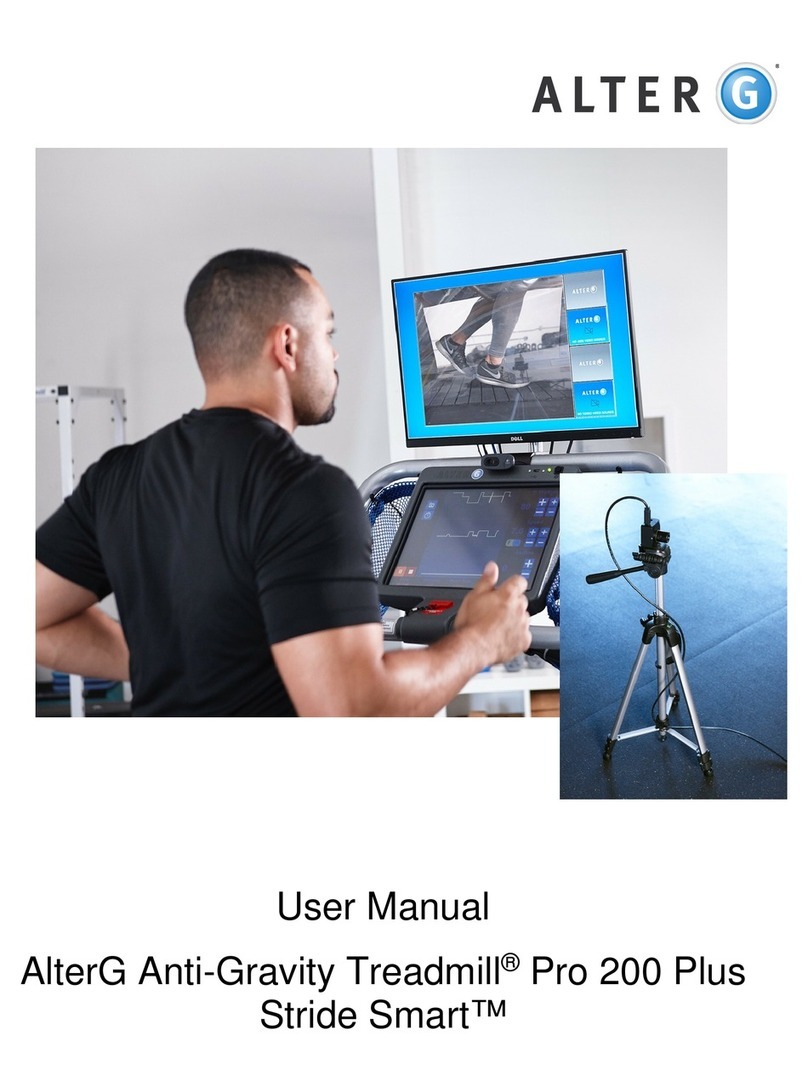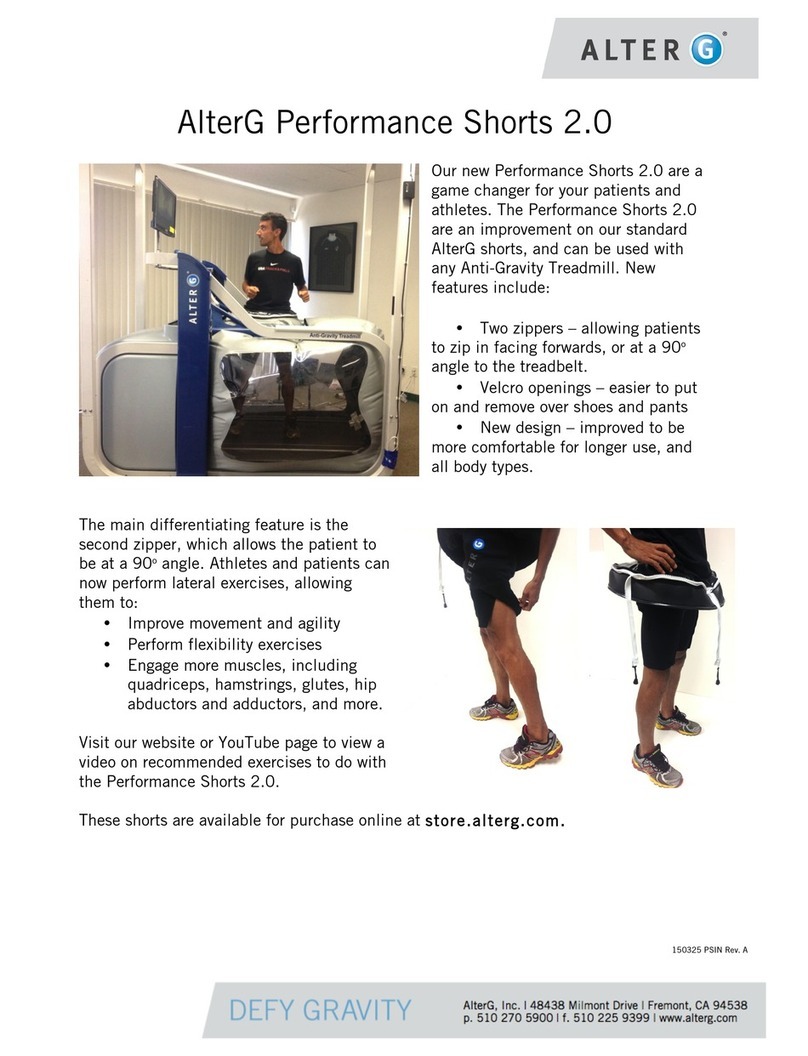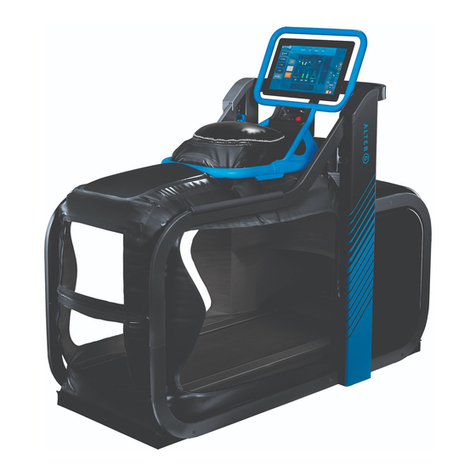
D000161-00 Rev. C
Table of Contents
User Responsibility.......................................................................................................5
Contact Information......................................................................................................6
Safety: Warnings and Cautions ...................................................................................8
SECTION 1: INTRODUCTION......................................................................................10
Considerations Before Starting an Exercise Program .....................................................10
Consult a Physician............................................................................................................10
Consult a Professional Fitness Trainer.............................................................................10
The Importance of Warming Up and Cooling Down .........................................................10
How Often and How Long You Should Exercise...............................................................10
SECTION 2: SETUP AND INSTALLATION .................................................................11
Electrical Requirements .....................................................................................................11
Grounding Requirements...................................................................................................11
Location Requirements ......................................................................................................11
Transporting Your AlterG Anti-Gravity Treadmill .............................................................12
SECTION 3: OPERATING THE ALTERG ANTI-GRAVITY TREADMILL....................13
Powering Up........................................................................................................................13
Putting on the Shorts..........................................................................................................13
Stepping Into the Anti-Gravity Treadmill...........................................................................13
Installing the Oval Support Frame.....................................................................................14
Zipping Into the Enclosure.................................................................................................15
Attaching the Safety Lanyard.............................................................................................15
Operating the Software & Using the Touch Screen..........................................................16
Welcome Screen (Figure 9) ................................................................................................16
Calibration Screen and Procedure (Figure 10)..................................................................16
Control Screen (Figures 11 &12)........................................................................................17
Adjusting Treadmill Speed & Direction .............................................................................17
Adjusting Treadmill Grade..................................................................................................18
Adjusting Body Weight Percentage...................................................................................18
Stopping the Exercise Session..........................................................................................19
Stepping Out of the Anti-Gravity Treadmill.......................................................................19
Facility Screen Functions...................................................................................................20
Treadmill Creep Adjustment...............................................................................................20
Operation of the Optional Accessories .............................................................................21
SECTION 4: SAFETY FEATURES OF THE ANTI-GRAVITY TREADMILL.................23
Latches and the Oval Support Frame................................................................................23
Safety Lanyard/Magnetic Stop ...........................................................................................23
SECTION 5: LABELS, LOCATIONS, INTERPRETATION ..........................................24
SECTION 6: ANTI-GRAVITY TREADMILL MAINTENANCE.......................................28
Disinfection .........................................................................................................................28
Cleaning the Enclosure Windows......................................................................................30
Height Adjusters & Latch Mechanism ...............................................................................30
Shorts ..................................................................................................................................30
Touch Screen ......................................................................................................................30
Enclosure Maintenance ......................................................................................................31






























